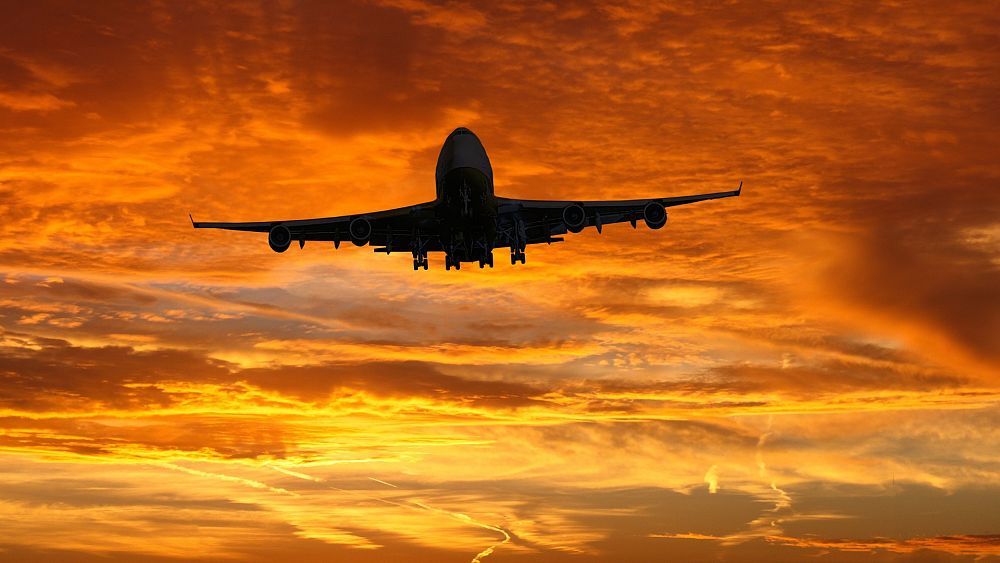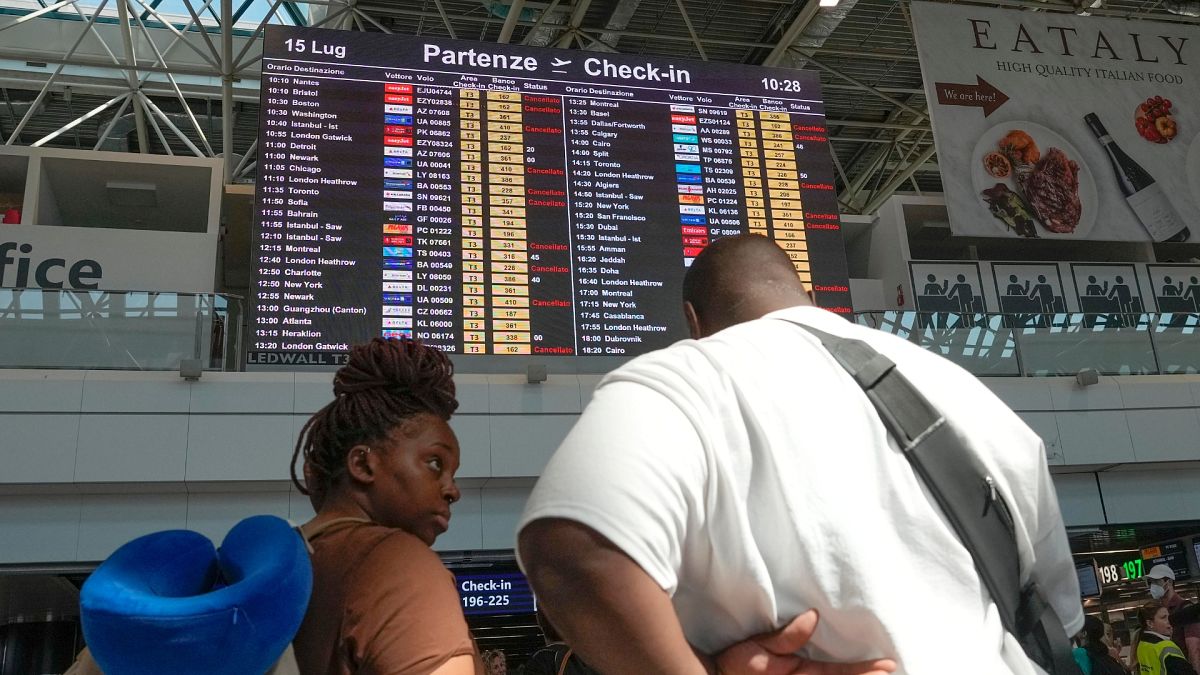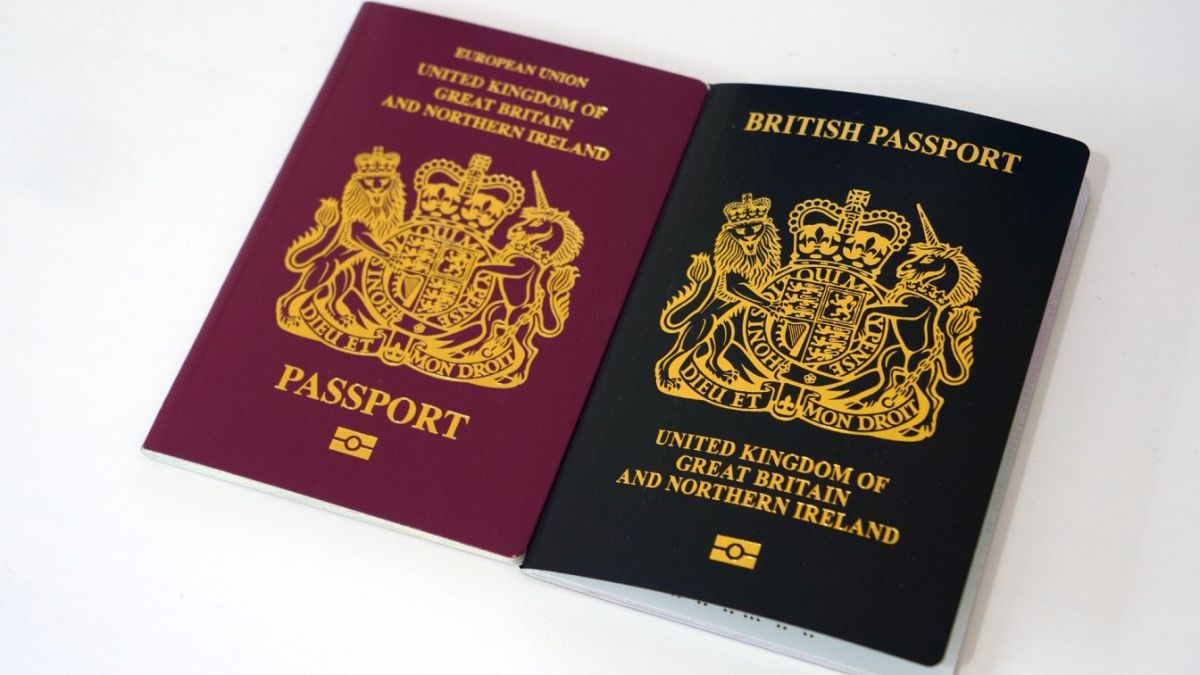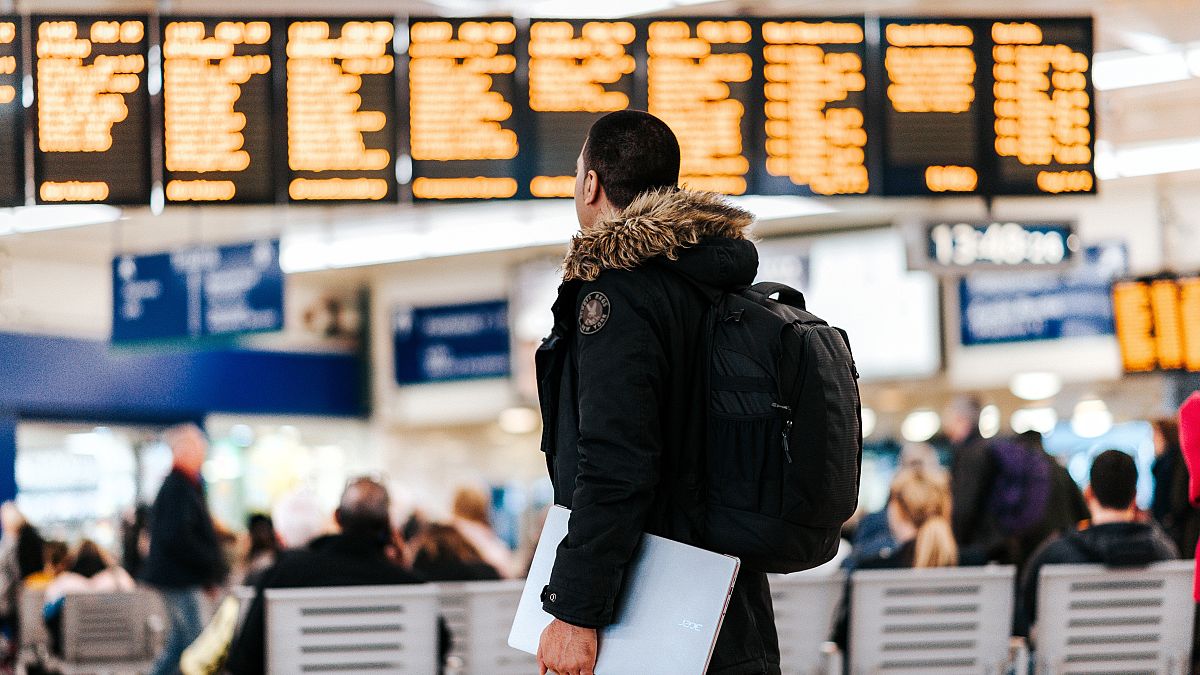Blood and vomit: How are biohazards on planes cleaned?

It’s been a summer of biohazardous bodily fluids on planes. Should you be concerned about flying?
While you might expect to come into contact with germs when flying in close quarters on a plane with hundreds of people, it’s fair to assume that being exposed to blood, vomit, and diarrhoea is not something most people are prepared for.
However, there has been a string of recent incidents that would suggest perhaps we shouldn’t be so surprised by bodily fluids when flying.
Last week, a flight from the US headed for Spain was forced to turn back to Atlanta after a messy trail of diarrhoea was left by a passenger.
Others on board the plane took to social media to share how the flight crew did their best to clean up the mess with paper towels, an absorbent runner, and disinfectant.
When communicating with air traffic control, the pilot explained he was turning the plane around due to a “biohazard issue”.
After the flight landed, passengers had to climb over seats to avoid the diarrhoea in the aisles.
Vomit and blood in the air
It wasn’t the only incident of bodily fluids in the air this summer.
At the end of August, two passengers on an Air Canada flight were reportedly escorted off the plane for refusing to sit in vomit-covered seats.
An onlooking passenger described on Facebook that two women in front of her were struggling to get seated. They were saying to the flight attendant that their seats and seatbelts were wet.
Although passengers knew someone on a previous flight had vomited in the area, they had been assured it had been cleaned.
“They put coffee grinds in the seat pouch and sprayed perfume to mask the smell,” the onlooker said.
“When the clearly upset passengers tried to explain to the flight attendant that the seat and seatbelt were wet and there was still visible vomit residue in their area, the flight attendant was very apologetic but explained that the flight was full and there was nothing they could do.
“The passengers said they couldn’t possibly be expected to sit in vomit for five hours.”
Not long after, the pilot approached the women and said they could leave the plane on their own accord or would be escorted off the plane by security and placed on a no-fly list.
“The pilot got up and walked to the front of the plane,” the onlooker said.
“Next thing we know Security comes down the aisle and escorted the two ladies off the plane!”
In July, a passenger, on board an Air France flight from Paris to Toronto noticed a smell coming from the footwell under his seat.
“It smelled like manure,” Habib Battah told CNN.
When he investigated, he noticed a wet stain on the floor underneath him.
Battah said: “I said it smells like merde – s***. She handed me wet wipes. I started wiping and it was red – blood red. And it kept coming up red. I was like, ‘What the hell is this?’ I just wanted to see what it was. After a while, one of the flight attendants said, ‘You’d better go wash your hands, and here are some gloves.’”
He later found out the stain was human blood left from the previous day when a passenger suffered a haemorrhage.
‘I’ve been covering Beirut for 20 years as a journalist,” Battah said. “I’ve lived through wars, airstrikes, seen assassinations, car bombs, and narrowly survived the port explosion. I thought I’d seen it all. I didn’t expect to find more blood than I’ve seen in Beirut on an Air France plane.”
Are bodily fluids dangerous?
“Bodily fluids including vomit, diarrhoea, blood, urine on public transport pose a serious risk of disease transmission of anything from Norovirus to more serious diseases,” Jenna Brown, an Environmental Health Officer specialising in food safety and public health, told Euronews Green.
In cases of spillages of any sort, Brown said the fluid should be treated as infectious to ensure appropriate control measures are in place to protect the health of anyone nearby or any member of staff handling the clean-up.
Effective cleaning and disinfection of the area should remove physical, biological and chemical hazards posed by bodily fluids, but “poor cleaning techniques may spread contamination.”
Brown said the area should be isolated immediately and the bodily fluid removed using absorbent granules specially designed for this task – which also helps prevent airborne transmission of infectious diseases. Finally, the area should be disinfected.
“Any staff dealing with body spill clean up should have appropriate training, PPE & equipment to protect themselves from infection,” she continued.
If the area isn’t properly cleaned, then the risk of transmission is still present.
How are planes cleaned?
Prior to Covid-19, planes were given a simple clean between flights – trash removed and floors hoovered.
After the pandemic, many airlines introduced hospital-grade air filtration that exchanges air on the plane every few minutes. They also apply antimicrobial spray on all surfaces.
Every two to six months, planes usually get a deep clean when they are sent off for maintenance.
While in the air, most flight crews can handle small biohazard spills until arriving back at a hub for a deeper clean. If the spill is large or complicated, the flight could be delayed or cancelled while waiting for professional cleaning.
Even though experts say you might encounter vomit, diarrhoea, urine and blood if a passenger is ill or has an injury, the overwhelming majority of flights have no issues and fear of bodily shouldn’t hold you back from exploring.
Source: Euro News














